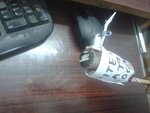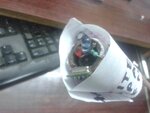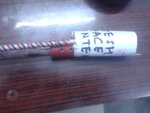Follow along with the video below to see how to install our site as a web app on your home screen.
Note: This feature may not be available in some browsers.






I would say the easiest and safe way is to start with a live CD version. Boot from the CD (or DVD) and try it without installing anything.

. A system with a computer does not necessarily take input from keyboard & mouse and does not necessarily give output on a video display unit. A simple example is a space shuttle propulsion computer. It takes inputs from sensors and sends output signals to actuators that control the trajectory of the spacecraft.




A system with a computer does not necessarily take input from keyboard & mouse and does not necessarily give output on a video display unit. A simple example is a space shuttle propulsion computer. It takes inputs from sensors and sends output signals to actuators that control the trajectory of the spacecraft. Though this is a bad example since Linux would not be used in this specific case but an OS that is able to deal with systems that have hard realtime deadlines ...
... I didn't install my laptop's drivers, so perhaps that's why I was unable to run Linux applications.

The only questions that really matter, are
1) What is -your- application?
2) Does -that- run on Linux?

If you had formulated your question properly in #1, then it is easier for members to answer.i am using Linux because my teacher said in class it it is more powerful without any virus
i have downloaded 1.4gb file how to install i have no idea not done before..
Again, do you want to learn Linux, or do you want to learn about hard disks (you sentence lacking punctuations makes the sentence difficult to understand)?i have extra hardisk i want to learn it...

Speculating: I have an extra hard disk. I want to install Linux in it. I want to learn about Linux. Is this what you want to ask?






That should be the contents of a single '.iso' file.
Your next step is to burn the image to a DVD.